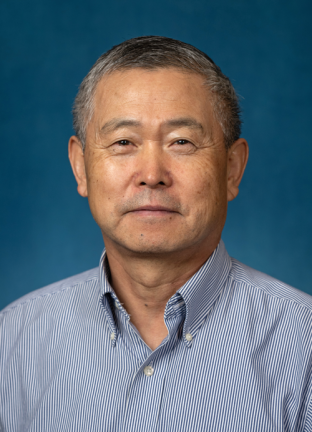Our Aging Skin/Photobiology of Skin team seeks to understand the molecular and cellular mechanisms that drive the aging process in human skin. The goal of this research is to gain fundamental knowledge regarding the molecular mechanisms that give rise to age-related degeneration of the dermal extracellular matrix, with long-term aim of delaying these changes to improve the health of skin in the elderly.
The skin’s aging process is complex and multifactorial, and alters most, if not all, aspects of skin physiology. The bulk of human skin is composed of a collagen-rich extracellular matrix, which is produced, organized, and maintained by fibroblasts in the dermis. The most overtly deleterious of these age-related skin alterations occur in the dermal extracellular matrix, which during aging, becomes fragmented and disorganized, resulting in increased incidence of bruising and tearing in skin and delayed wound healing. Age-related alterations in the dermal extracellular matrix also create an environment that promotes cancer development.
Additional translational research studies are examining the clinical and molecular characteristics of skin aging, mechanisms of connective tissue remodeling in human skin, and mechanisms of interventions for aging and photoaged skin. This work has also examined the dysregulation of connective tissue production, as seen in striae distensae and UV irradiation of skin.
NIH Grants:
- Control of Aging and Age-Related Diseases by Extracellular Matrix Microenvironment (NIA/NIAMS 1R01AG054835 PIs: FISHER/Quan)
- Role of Dermal Extracellular Matrix Microenvironment in Skin Aging (NIA/NIAMS 5R01AG051849; PI: Fisher/Quan)
Faculty

Gary J. Fisher, PhD


